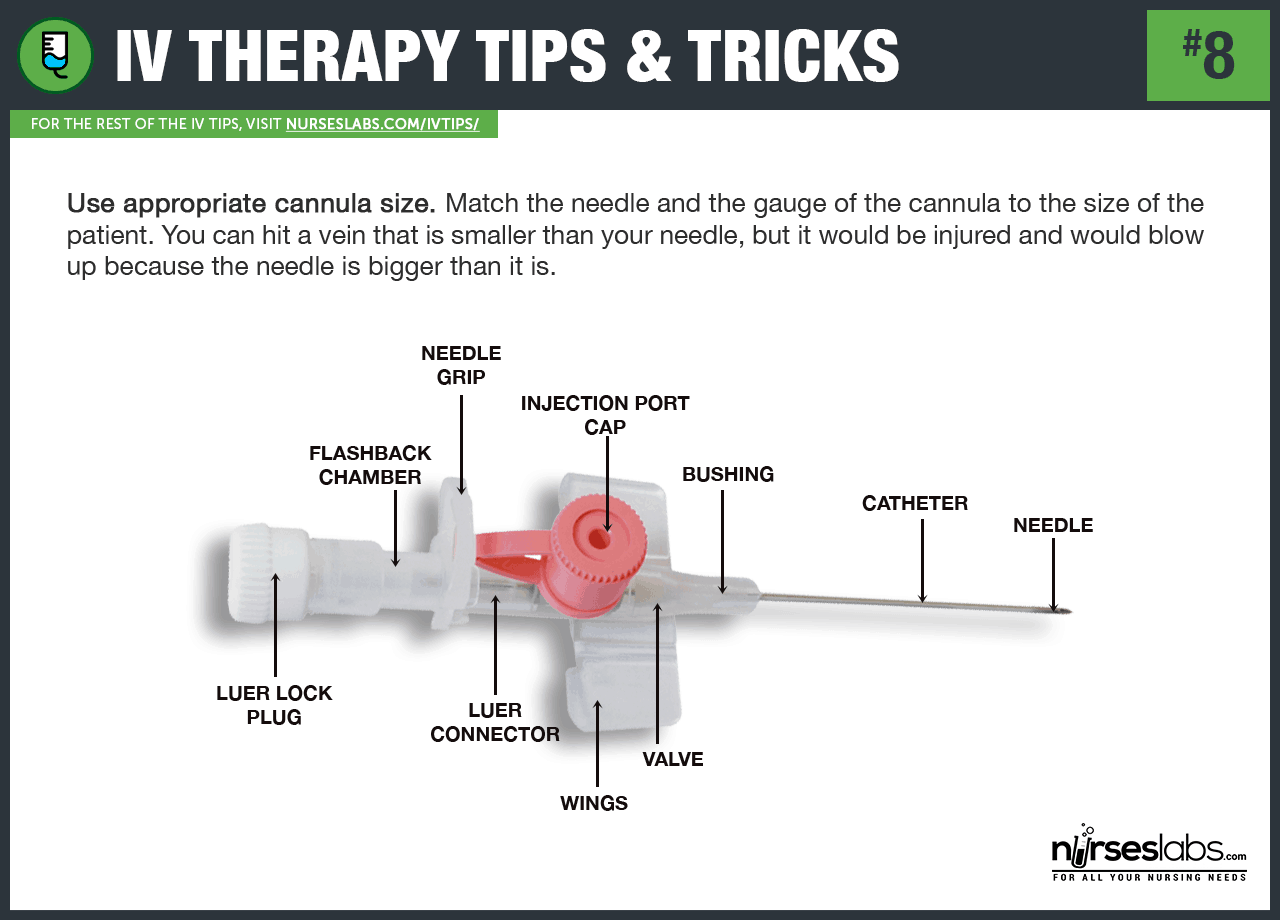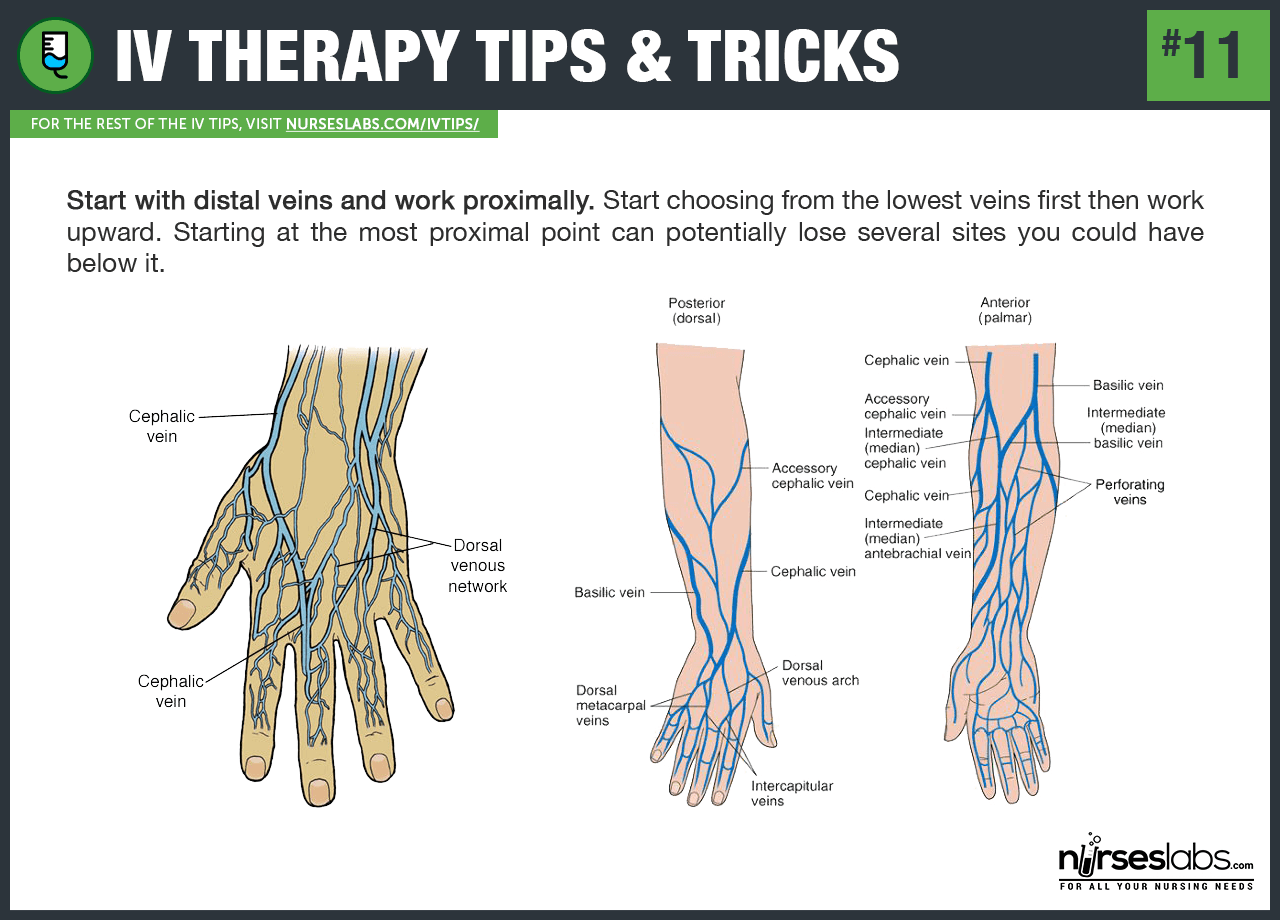Monday, July 29, 2019
Restorative Medicine: IV Therapy New York - Intro - Call (917) 994-9390
Watch on YouTube here: Restorative Medicine: IV Therapy New York - Intro - Call (917) 994-9390
Via https://www.youtube.com/channel/UCP9ueYbe0Zu8cnHJibqRu3w/videos
Thursday, July 25, 2019
Wednesday, July 24, 2019
Monday, July 15, 2019
Friday, July 5, 2019
How to Hit the Vein in One Shot
The following are best intravenous or IV therapy tips and tricks for nurses who would want to master this essential nursing skill. Intravenous (IV) insertion may
be one of the basics skills a nurse would learn, but it could be one of
the most difficult to master if you lack the practice and the
confidence to do it. Most of the sharpshooters have gained their skill
through continuous practice and plenty of experiences in this field.
A lot of factors may affect the way you insert an intravenous catheter,
but you have to control them and bend them to your convenience. Never
rush on any nursing skills that you still not have, or take a shortcut
just to achieve your goals. Along with these intravenous therapy tips, nursing practices must be accurate, precise, and learned not only by the brain but most especially by the heart.
3. Assess for needle phobia. Needle phobia is a response as a result of previous IV insertions. Symptoms include tachycardia and hypertension before insertion. On insertion bradycardia and a drop in blood pressure
occurs with signs and symptoms of pallor, diaphoresis, and syncope.
Reassure the patient with a soothing tone, educating the patient,
keeping needles out of sight until the last minute before use, and use
of topical anesthetics can help manage needle phobia
Read More Here:
https://doctoryg.blogspot.com/2019/03/50-iv-therapy-tips-and-tricks-how-to.html
1. Stay calm and be prepared. Hitting
the bullseye on one try will depend on the nurse’s preparation and
skill. You and your patient should be composed as a nervous and rushed
procedure will likely result in failure. Allay anxiety by
explaining the procedure to the patient and determine the patient’s
history with IV therapy. Ensure the patient is comfortable and
sufficiently warm to prevent vasoconstriction.
2. Exude confidence. Believe
in yourself and reassure the patient you know what you’re doing. The
patient will be encouraged by your confidence and you too, of course.
4. Observe Infection control measures. Use
gloves in inserting a cannula into the patient. Intravenous insertion
is an invasive procedure and requires aseptic technique and proper
infection control measures. Wipe a cotton swab or alcohol pad on the
insertion site to minimize microorganisms in the area and also to
visualize the chosen vein more clearly.
5. Assess the vein. Before
inserting a needle into a patient’s vein, you have to assess its
condition first. A well-hydrated person has firm, supple, and
easy-to-reach veins. Well-hydrated veins are bouncy, making them the
right fit for insertion. Some patients need intravenous therapy but are
dehydrated, so it is a challenge to
hit the vein in one go. To avoid injuring the vein, always assess first
that you are aiming for a vein that is not frail enough to blow up
during the insertion. Take your time. The following tips can help you
with that.
6. Feel rather than look. If
you can’t see a suitable vein, trust your fingers even more than your
eyes. It’s also an excellent opportunity to familiarize yourself with a
suitable vein. A tendon may feel like a vein but palpating it through a
range of motion may prove that it is not.
7. Ask your patient. The patient may know more which veins are suitable based on his previous IV history.
8. Use an appropriate cannula size. Match
the needle and the gauge of the cannula to the size of the patient. The
gauge refers to the diameter of the lumen of the needle or cannula —
the smaller the gauge number, the larger the diameter of the lumen, the
larger the gauge number, the smaller the diameter of the lumen. You can
hit a vein that is smaller than your needle, but it would be injured and
would blow up because the needle is bigger than it is.
https://doctoryg.blogspot.com/2019/03/50-iv-therapy-tips-and-tricks-how-to.html
Rehabilitation Center Programs Vs NAD+ IV Therapy
Are you in need of long-term help to diminish the cravings of addiction?
Have you tried what seems like everything to get your life back on
track to lead a happier, healthier, and better life? If you've tried
rehabilitation centers, AA, and other treatments but you've yet to be
successful there is still hope for you at New Spring Wellness Center. Our intravenous NAD IV therapy
could be the solution you are looking for to diminish those cravings of
addictions from drug and alcohol abuse. Sound too good to be true? Find
out how IV NAD+ Therapy compares to other forms of treatments below.
This article first appeared here:
http://newspringwellnesscenter.blogspot.com/2019/01/rehabilitation-center-programs-vs-nad.html
Private Inpatient Facilities
At an inpatient rehab facility, patients typically spend anywhere from 28 days to 90 days depending on the state of the individual. Patients are required to stay on site during the duration of their treatment. Due to the need for housing and food accommodations, these types of programs are typically pricy. You will have 24/7 medical care to help with withdrawal symptoms. Cravings for drugs and alcohol are very common in this type of program and can be difficult to overcome, which often leads to relapse. According to the National Institute on Drug Abuse, 40-60% experience relapse after treatment.Public Outpatient Programs
Public Outpatient Programs are a relatively cost-effective solution that is often funded by the government. These programs offer counseling for 10-30 days and typically after the counseling is complete they prescribe their patients with a prescription that is supposed to replace the substance that they are addicted to. While these programs are typically low-cost, the patients are responsible for paying for the prescriptions on their own which can cost hundreds of dollars per month. These types of programs often have a long waiting list and the success rate of 10-20%.Alcoholics Anonymous
Alcoholics Anonymous focus on support from fellow alcoholics in the form of a weekly meeting and do not include a detox program or medical attention. This program is designed to offer up support but as you can image, without the detoxification process, this program only has a 6-8% success rate.IV NAD+ Therapy
Our NAD+ Therapy in Missouri is a natural way to recover from addictions. NAD+ IV Therapy not only helps you detox but it also restores your body with naturally occurring nutrients to restore the brain to optimal functioning. Our drug and alcohol treatment program at the Lake of the Ozarks takes anywhere from 6-10 days depending on the protocol that is determined by our doctor. Patients that choose NAD+ Therapy typically report little to no withdrawal symptoms during their detox and no cravings after the treatment is complete. The best news is that the success rate of NAD+ IV Therapy is more than 85%!This article first appeared here:
http://newspringwellnesscenter.blogspot.com/2019/01/rehabilitation-center-programs-vs-nad.html
Subscribe to:
Posts (Atom)






